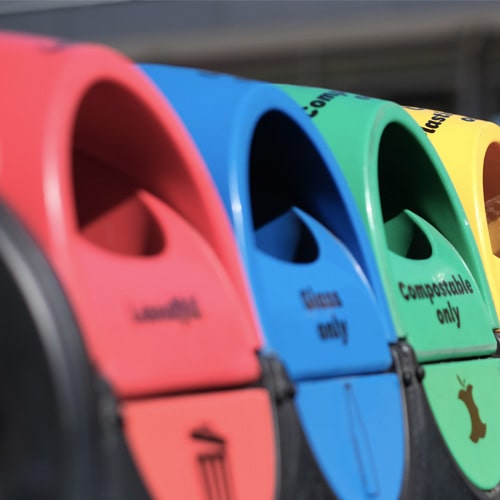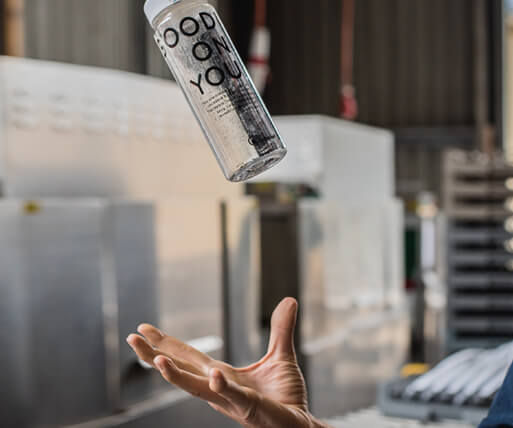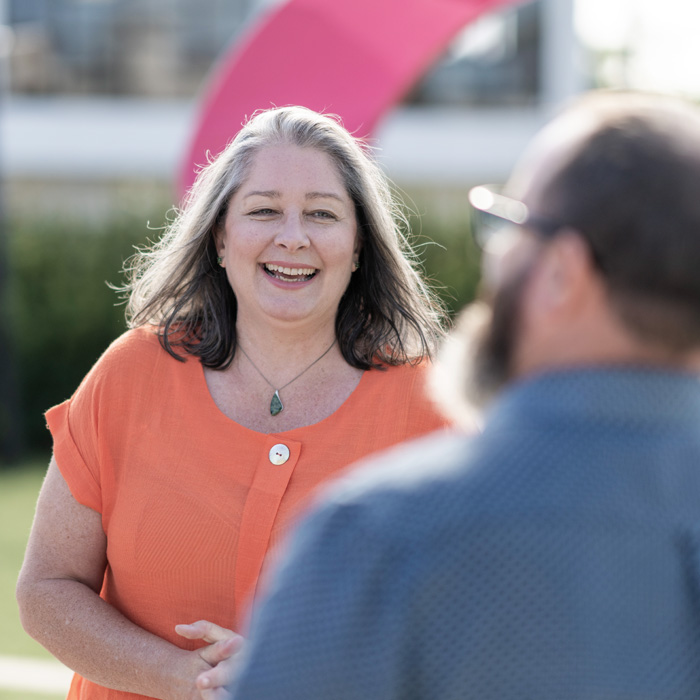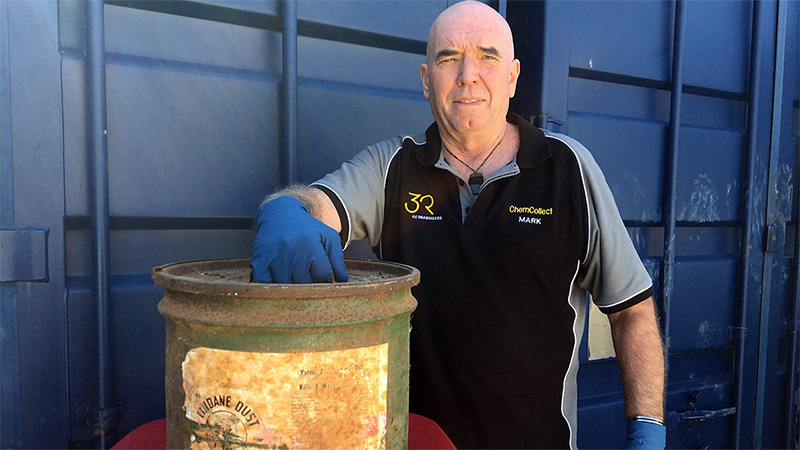Chemicals are like box of chocolates – you never know what you’ll get
Something I’ve come to expect when doing chemical collections is to expect the unexpected.
Our MyHazWaste service recently collected 4.2 tonnes of hazardous household waste in Cambridge, funded by Waipā District Council. Among the material collected was 24kg of DDT and 13kg of lindane – both highly toxic, banned insecticides from the 1940s and 50s.
We also collected some arsenate of lead powder (arsenic) and liquid red lead – some of the nastiest of materials from an era when dangerous chemicals weren’t always treated with the caution they warrant.
People are often unsure what to do with their unwanted, expired or decades-old chemicals so they shelve them. This of course presents a danger to them, others and the environment.
What it shows is there are a lot more of these chemicals out there than we might think. To give some context, when we ran The Great DDT Muster in 2017 to 2018 it was estimated around seven tonnes of persistent organic pollutants (POPs), like DDT, were present on rural properties around New Zealand.
By the time the Muster ended we had collected over 23 tonnes. Having 37kg brought in by a few households, well after the Muster was run, is pretty significant.
Very often these chemicals, along with others, get put on shelves in sheds and garages, out of sight and out of mind, sometimes for decades. It isn’t until the homeowner is prompted – such as through the promise of a council-funded collection event like MyHazWaste – that they are rediscovered.
We’ve run a number of council-funded collection and disposal MyHazWaste services and always had great feedback from residents. Many are simply happy they are easily able to dispose of hazardous material – be it banned insecticides, household cleaners, pool chemicals or batteries.
I expect we will have many more surprises at future collections, but they will be welcome. Every bit of these materials handed in reduces the chance of harm in the community and the environment.







